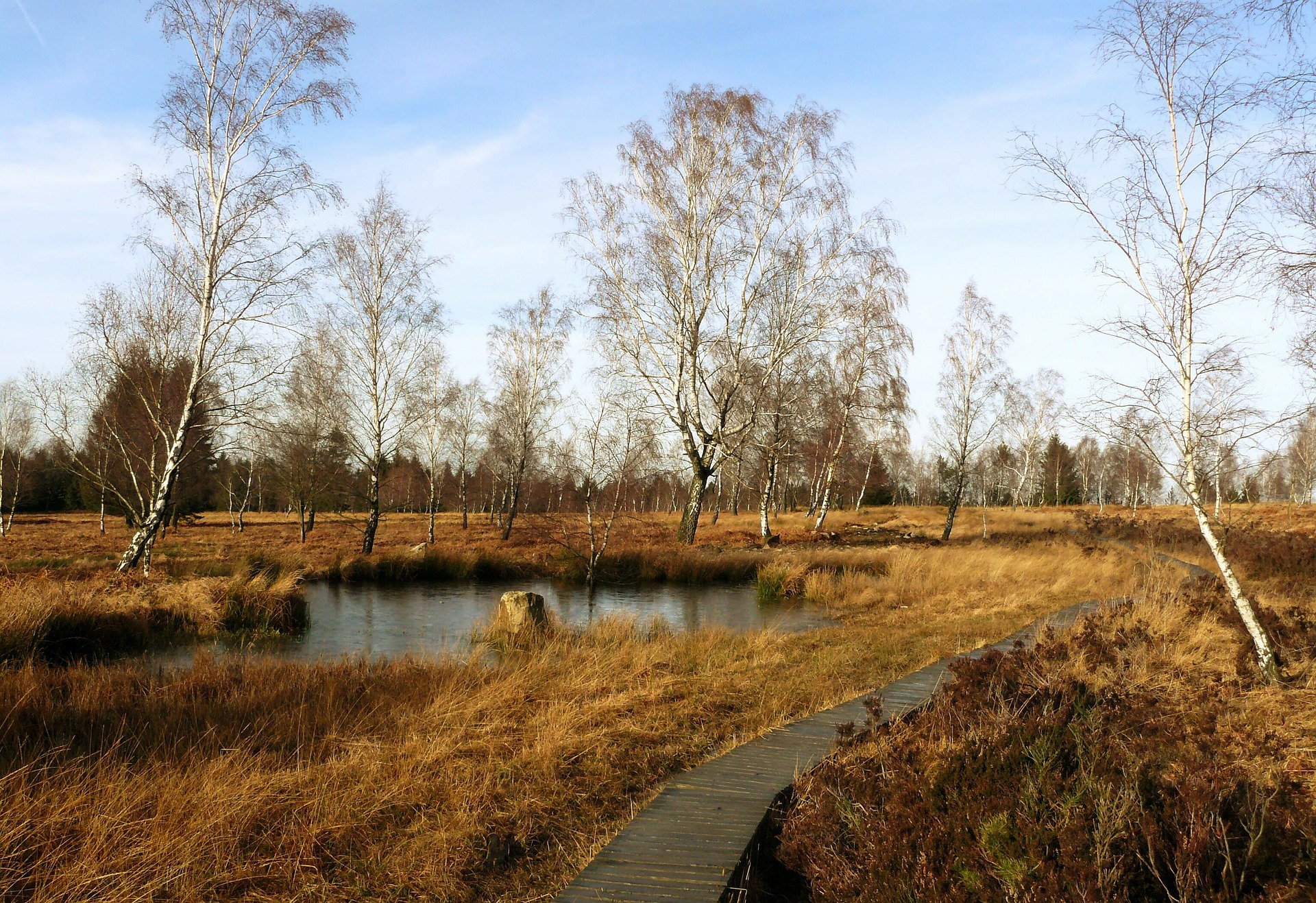

Wetlands are valuable real estate for anyone living on planet earth. They provide habitat for rare plants and animals, they serve as a natural filter for other water sources, and perhaps the most important purpose to humans is the role they play in flood control. That’s right, wetlands are nature’s sponges. And if you’re a homeowner, you can see the value in having one of these nearby. But what does this mean when it comes to building on a wetland? If you’re preparing to bring a wetland into your life, there are a few things you need to know first. Thankfully, LandCentral’s here to give you the goods. Check out LandCentral’s Wetlands 101: The Truth About Building:
A wetland is a land area either permanently or seasonably soaked with water, often with a distinct ecosystem.
Yes, and no. While there are permits to apply for if your project impacts less than a half-acre of wetland, these half-acre permits have added up to a lot of lost wetlands in America. The effect of this can be seen in the increase of extreme flooding around the states. It’s now not recommended to build directly on a wetland, and in some areas it’s strictly prohibited. Not to mention building a home on a wetland can cause significant damage to your home over time, leading to cracked foundations and possible flooding.
Yes! From a conservation standpoint, wetlands are extremely valuable to the earth. Just ask any of the specific creatures who rely on them for survival. They also work as filters to pollutants and sponges for when rainwater gets a little out of control.
From a real estate standpoint, the value depends. If your wetland sits on land that also has a space to build a home that doesn’t sit directly on the wetland, then it can provide extreme value, such as:
If your land is all wetland, the value drops significantly since building directly on a wetland is usually prohibited.
So you’re interested in property that might have a wetland. Now what? Before purchasing that lot, hire a consultant to check for any environmental issues on the property. Also, ask the seller to disclose any environmental conditions that may negatively impact building on the lot.
Contact your state U.S. Environmental Protection Agency. Some areas are prohibited from building, while others may have a required buffer distance.
To find out if your land has a wetland, check out this Wetlands Mapper. You’re welcome.
If you insist on building on your wetland, the process can be extensive and lengthy, sometimes taking years to get approval. Filing early is key. You’ll need to:
NOTE: Not to freak you out, but remember, any construction impacting wetlands without proper approval is a federal offense.
To recap, wetlands are great at purifying polluted water, replenishing aquifers and harboring wildlife. They don’t make good building locations. Thankfully there are plenty of land options where a wetland is simply added real estate to a perfectly buildable lot. And LandCentral’s got plenty to choose from.
LandCentral sells affordable and accessible vacant properties nationwide